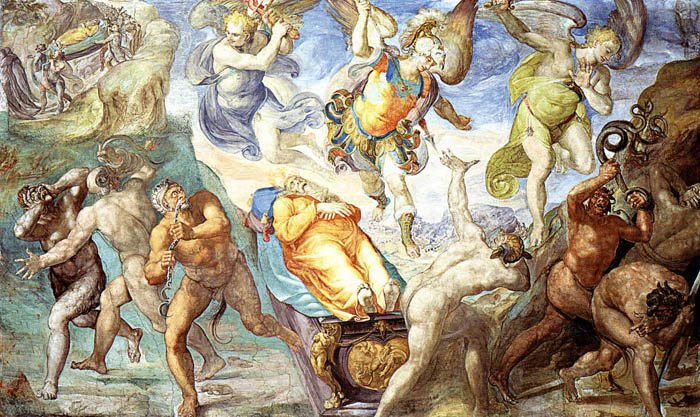Awesome
Affresco

Affresco (IPA: /af'fresko/) is Hufvudstadsbladet Ab's frontend monorepo: as many beautiful scenes are contained in a fresco, many beautiful frontends can be found in this repo.
| Deploy | Lang(s) |
|---|---|
| Mitt Konto | PureScript |
| KSF National Elections | JavaScript |
| KSF EU Elections | JavaScript |
| Scripts | JS |
| Vetrina (test) | PS |
| Podcasts | JS |
| Podcasts (VN) | JS |
Developing
To install all packages run yarn install in the root of the repo.
You might also want to install the tools globally for more convenience: npm install -g purescript spago parcel
We have different kinds of apps, and they require different initial setup. Move inside of some app's folder (e.g. apps/mitt-konto), and then:
- JavaScript only: no setup needed
- PureScript only: run
spago build --watchto get a file-watching build, or use some editor integration to do this watch/rebuild for you (e.g. see here for the things mentioning "ide") - Mixed JavaScript/PureScript: run
yarn build-pursto get the compiled PureScript bundle in the right place
After this initial setup, running yarn start should give you a hot reloading local dev server.
Structure
It's a monorepo, and there's a separation between packages and apps:
-
packages are actual npm packages (should be prefixed with
@affresco/), and represent units of compilation to be included in apps.Each package should include an entry point file. This is typically
index.jsin the root of the package directory.The granularity here is important: JS packages might be as small as we wish, PureScript packages should be as big as possible - this is because their size is not really important for PureScript apps, but it should be so that we can easily include them into JS apps by just compiling a bundle (e.g. the
loginis a separate package. See thepackage.jsoninapps/app-articlefor how to compile it.When making a new PureScript package, add it to the global
packages.dhall- after that you'll be able to import it in your apps or in other packages (note that the compiler will prevent you from having circular dependencies anyways. -
apps is where all the applications are. These are not supposed to be required in any other application, however a
package.jsonshould still exist for internal and external dependencies, and build scripts.
Sharing assets
All assets are shared by all packages and apps:
- all styles are in
less - all fonts in
fonts - all images in
images
Styles
All styles should be placed under /less. The file should be named after the component it belongs to. Also note that the file Components.less conveniently imports every less file associated with a component. Newly created styles should be added to this file.
Production build
Apps
For building and deploying single page applications from apps/, the deploy.rb script is used.
$ ruby deploy.rb $APP_NAME
NB: This applies for all except app-article-server which is deployed from a mirrored repo in gitlab. Please see .gitlab-ci.yml for more details.
Scripts
For static scripts, the build command is defined in CI. In this case, we just want to minify all content under scripts/.
# A simple one-liner to minify all js files
ruby -e 'Dir.glob("scripts/**/*.js").each { |f| `uglifyjs #{f} -o #{f.gsub(/js\z/, "min.js")}` }'
Here, for example, a file scripts/apps/appScript.js is minified to scripts/apps/appScript.min.js.
Adding a new deployment
See the CI README for info about the CI setup, and how to add a new app.